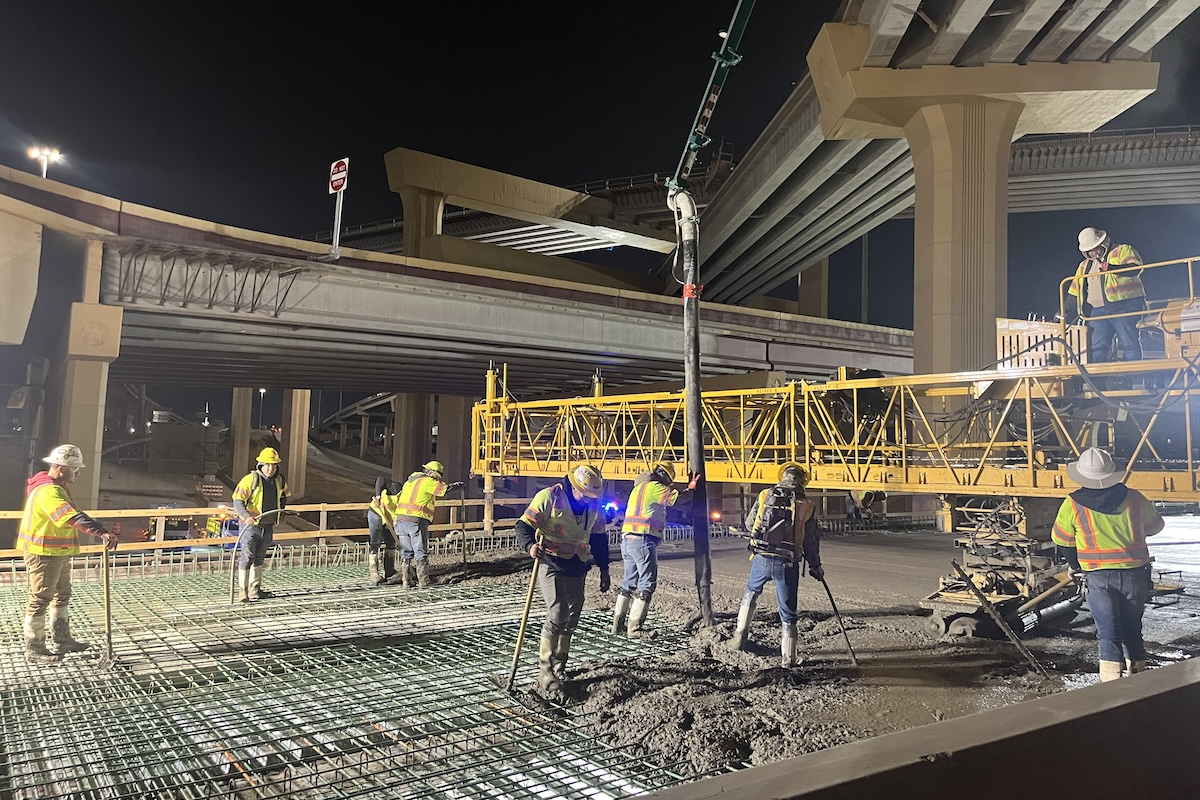Project Connect is a plan for a high-capacity, regionally connected system that is designed to help ease congestion, reduce carbon emissions, and provide equitable transportation options for every resident. The expanded transit system is designed to offer more access to opportunity for education, health care, and jobs.
The approved plan includes four new rail lines, 15 new bus routes, additional stations and frequency on the Red Line, 24 new Park & Rides, and the transition to a zero-emissions fleet. A key component of the plan is a downtown transit tunnel, which will separate transit services from street traffic.
“With Austin's population expected to double by 2040, Project Connect is the right plan for a public transportation system capable of responding to that growth,” said CapMetro Board Chair Wade Cooper. “Getting final approval on the plan is a major milestone as we move forward on realizing this bold vision for Austin's future. We're proud to have worked closely with the community to ensure Project Connect has a positive impact on our future.”
Over the last two years, CapMetro has collected community feedback from nearly 60,000 community members, conducted hundreds of community meetings and worked closely with city staff to design the Project Connect transit plan. Additionally, more than 4,000 people shared feedback in recent weeks through a series of virtual community meetings and a virtual open house.
“Now more than ever, Austin needs a transformative mobility plan, and we finally have one — created and embraced by our entire community,” said Mayor Steve Adler. “This comprehensive transit system will make our city more equitable while helping us fight climate change and ease congestion.”
Project Connect would help jump-start the region's economic recovery by providing a clear investment return and jobs. Economic benefits include:
- Every dollar invested in public transportation generates approximately four dollars in economic return.
- Approximately 21,800 jobs will be supported for each billion dollars spent, equaling more than 200,000 jobs over the length of the project.






































































